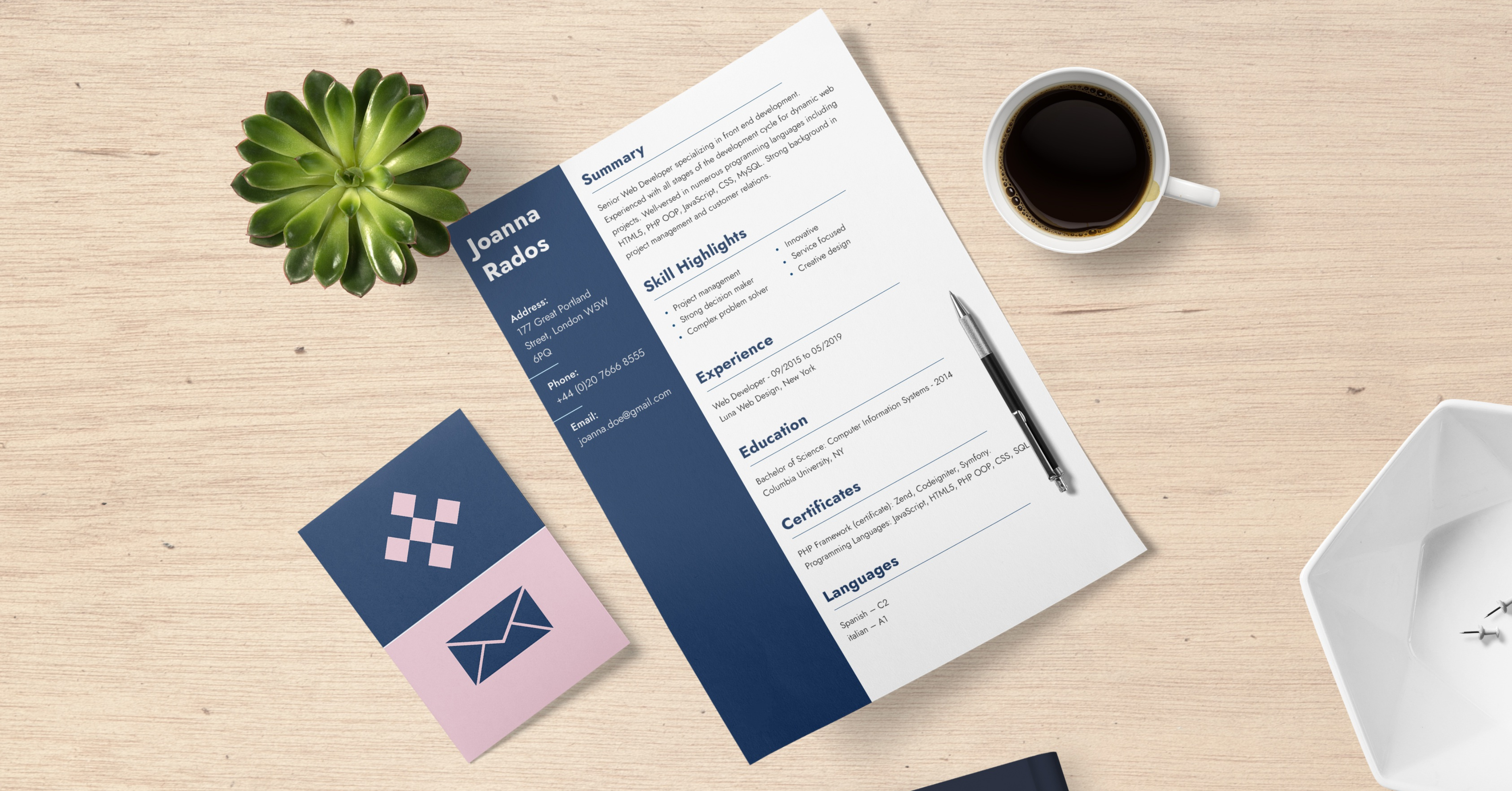Many people think of a cover letter and resume as the same. However, there are some major differences between both of these documents. Before you apply for a job, you must know the key difference between cover letter and resume. It will help you fill out the job application accurately.
A cover letter consists of your interests in the job and describes why you are the right candidate. Whereas a resume is a brief overview of your skills and professional history.
To understand the cover letter and resume thoroughly, we have compiled the useful information in this guide. Top Tier Resume will help you apply for jobs efficiently. Let’s roll!
What is a Cover Letter?
A cover letter is a document that professionally describes yourself to potential employers. It explains why you are the perfect candidate for the role. It’s a detailed overview of your educational history. The main purpose of a cover letter is to highlight the qualifications that make you stand out for the job.
Length of a Cover Letter
A cover letter normally depends on 3 to 4 paragraphs and consists of 300 to 500 words. This is a perfect tool to describe yourself as the most suitable candidate for the job.
6 Parts of a Cover Letter
A cover letter is divided into 6 parts, including:
1. Header
2. Salutation
3. Introduction Paragraph
4. Body Paragraphs
5. Concluding Paragraph
6. Sign off
Let’s get into the details!
1- Header
This part involves your contact information including your name, phone number and email ID.
2- Salutation
Start your cover letter with Dear Mr./Ms. or Hiring Manager. You must mention the name of the hiring manager to make a good impression. It will demonstrate that you have done complete research to apply for the job.
3- Introduction Paragraph
This is the paragraph where you introduce yourself as a candidate to the potential employer. You can highlight this space with:
- Relevant work experience
- The source you found the job from
- Reason for applying for the job
4- Body Paragraphs
In the body paragraphs, list your skills, expertise and achievements. These should be relevant to the job description and responsibilities.
5- Concluding Paragraph
This part is crucial as this is where your goal is to get the interview. You can start by stating how eagerly you want to avail this opportunity. Suggest a time to discuss further. In the end, thank the hiring manager or the employer for their time.
6- Sign off
Keep this part as simple as possible. Sign off your cover letter by writing “Sincerely” after your name. This is the best way to end this document.
Let’s dig into the details of a resume that make a difference between cover letter and resume!
What is a Resume?
A resume is a document that provides a brief information of your work history to the hiring managers. It is a concise document of your professional achievements and qualifications. To make your resume more efficient, add the relevant skills, educational background and some prominent achievements.
6 Sections of a Resume
A resume has 6 parts where you put your information, which includes:
1. Contact Information
2. Introduction
3. Work Experience
4. Skills
5. Education
Moving on to the details below:
1- Contact Information
Add your contact information in the header of your resume. It should include your first and last name, email address and phone number. You can also add your LinkedIn information as hiring managers also review candidates’ details from their LinkedIn accounts.
2- Introduction
After your contact details, provide a quick overview of your educational background, skills and work experience. Your introduction should be attractive enough to get the attention of your employers. Keep it short and write details only to the point.
3- Work Experience
This is the main part of your resume. Add your previous job titles and jobs that should match the next job you’re applying for. Put your most recent work experience at the top and then keep adding the rest of the information below that.
For each job position you want to apply, include the following information:
- Job title/Designation
- Company Name
- Location, Your City and State
- Dates of Employment (Month and Year)
4- Skills
Add your skills in this section that should be relevant to the job you’re applying for. Include all your hard and soft skills to show that you’re the right person for the job.
5- Education
Mention your educational background and any certifications that you have achieved. It includes your school name, university name and the degree you have earned in your major and minor subjects.
Closing Point!
Having the knowledge of the difference between cover letter and resume is extremely important. It helps you apply for the job efficiently and create a resume and cover letter according to the requirements. Make your resume by following this guide and start applying for your desired job positions.

